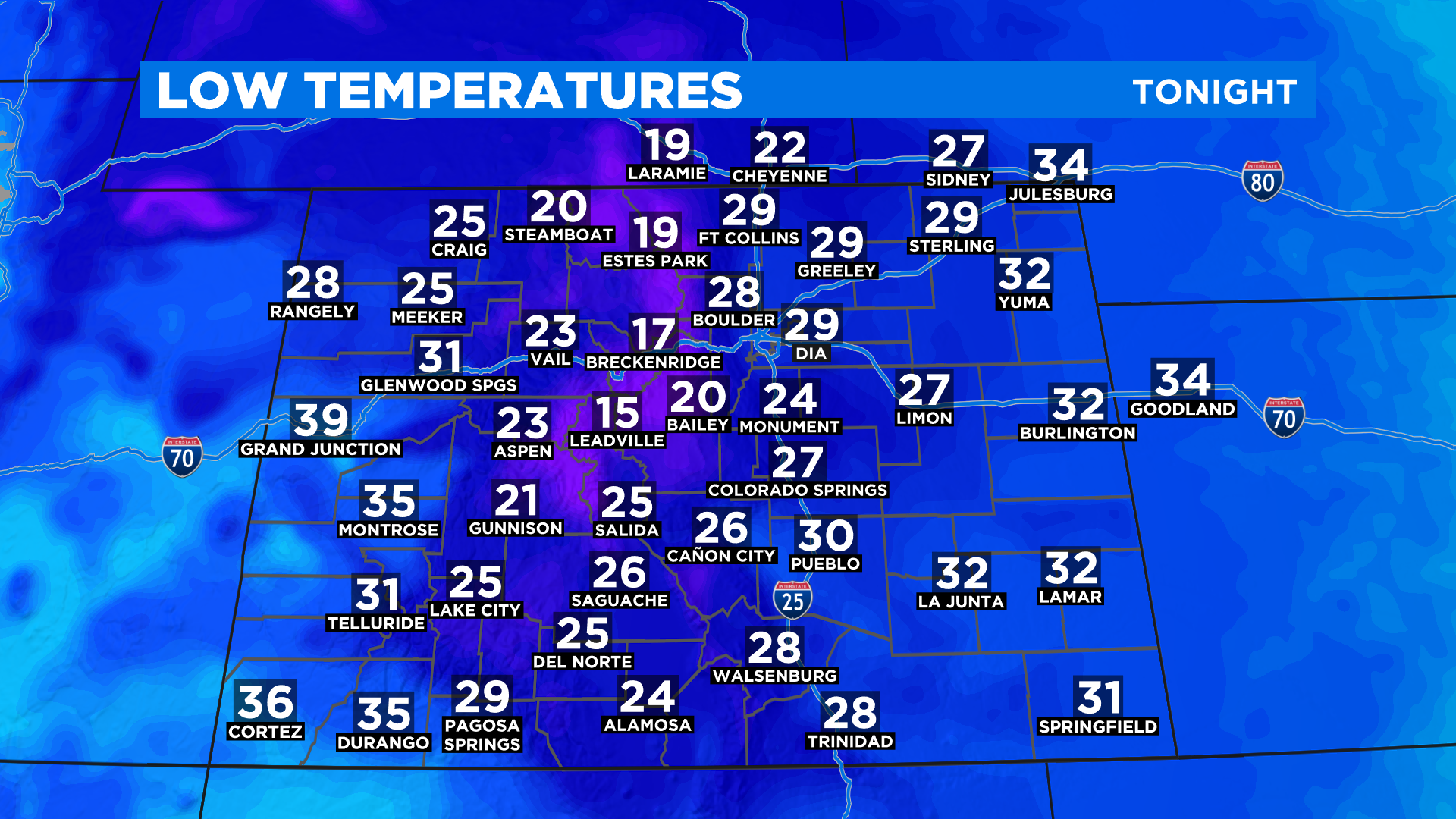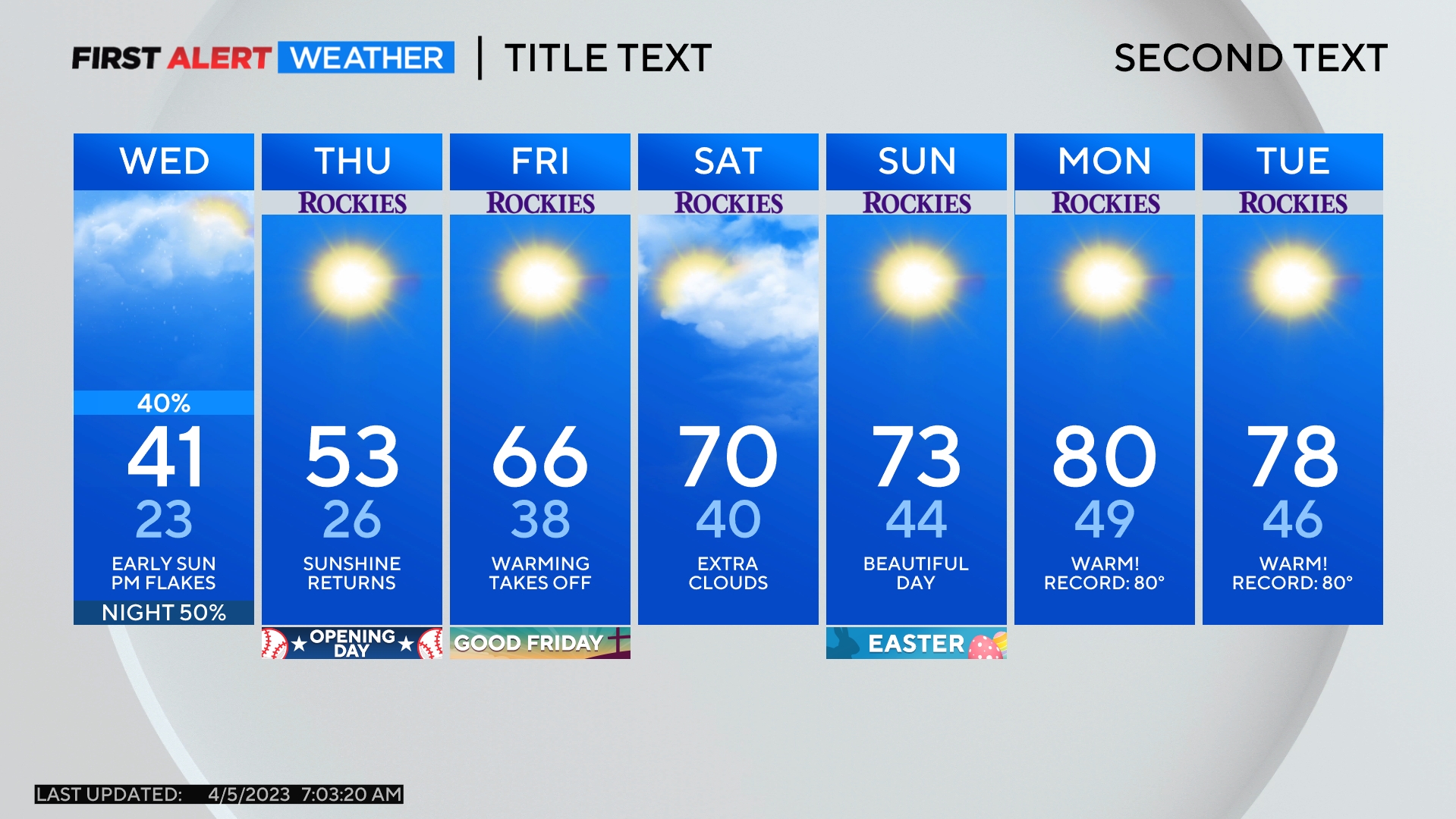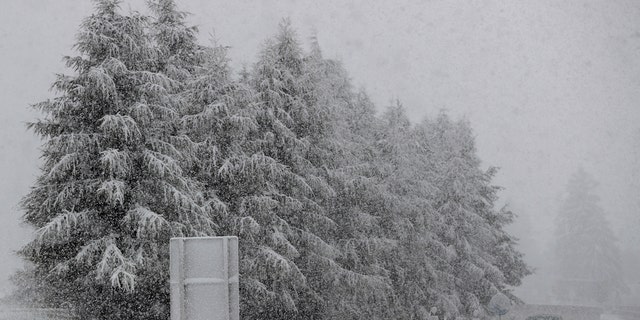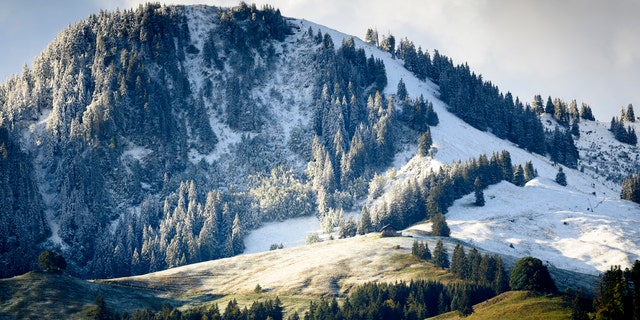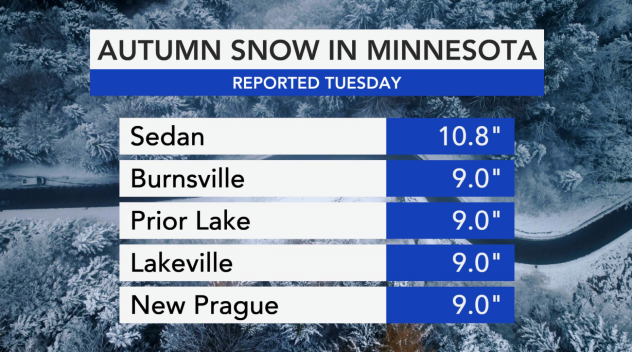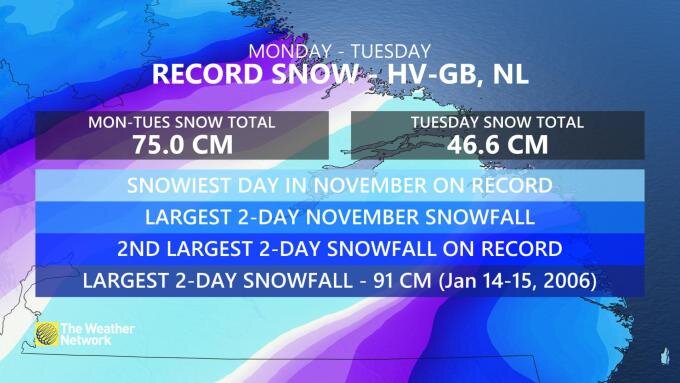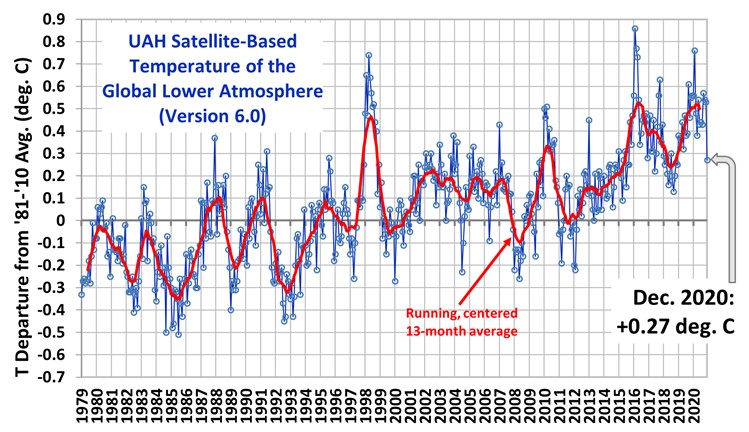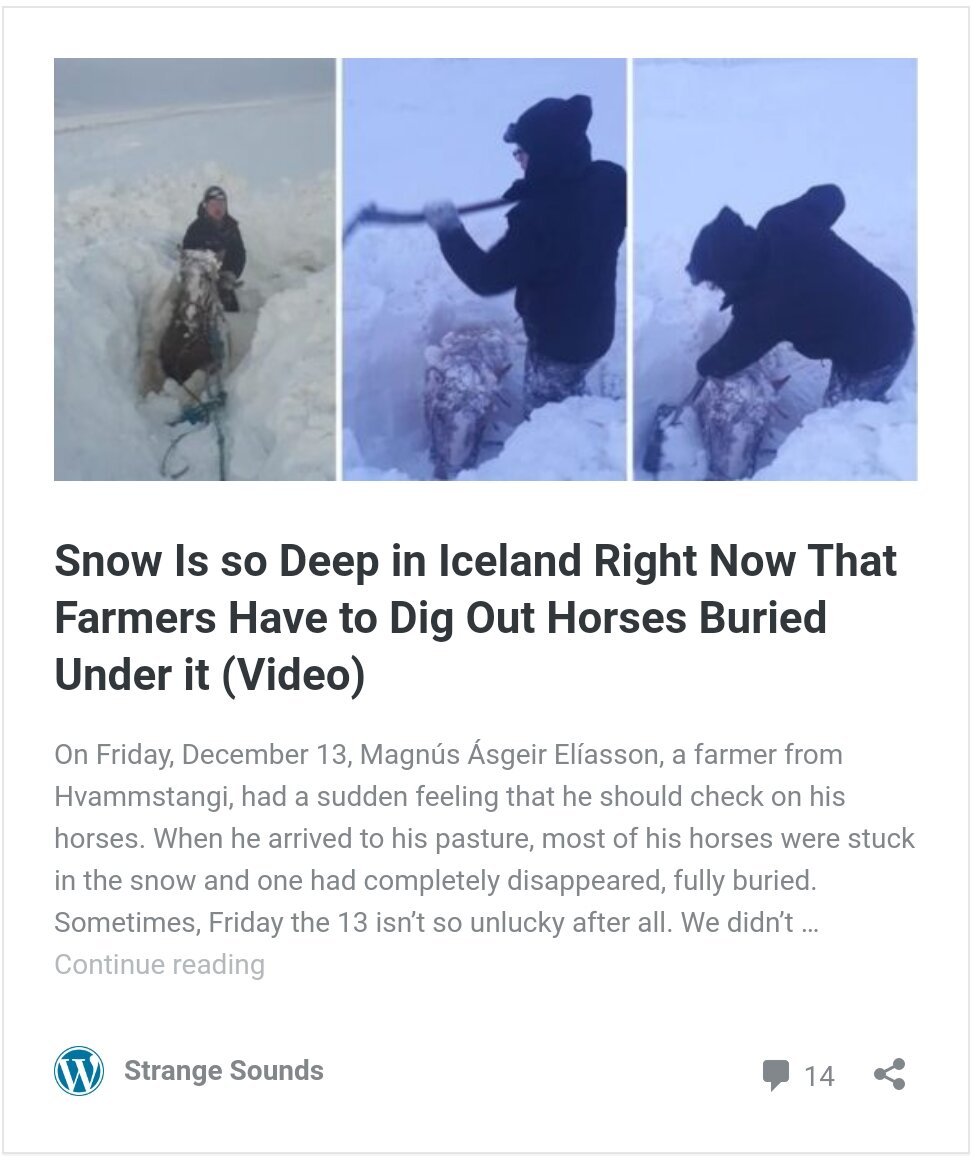nivek
As Above So Below
Parts of Tasmania Covered in Snow for First Time in 40 Years and Victoria Once in a Decade Snow Event as Antarctic Cold Blast Engulfs Australia
Tasmania’s wintry blast continued overnight, with Launceston in the state’s north receiving its most significant snowfall since the early 1970s and the weather bureau says it is not over yet.
Launceston was hammered by snow as the temperature at the airport plummeted below zero just after 9pm on Tuesday while Scottsdale, to the northwest, reached 0.9 degrees about half an hour later.
It was all caused by an air mass moving north from Antarctica. Let’s call this phenomenon an Antarctic blast. Arctic blasts occur on the northern hemisphere!
Bureau of Meteorology Matthew Thomas told Yahoo News Australia the snow forming in Tasmania’s north is a weather event not seen in the area for about 40 years.
“The last time we saw snow settle in Launceston was in the early 1970s,” Mr Thomas said.
“It’s a very rare event for Tasmania. We also saw some snow settled in Hobart with the last two occurrences in 1986 and 2015. However, it’s not uncommon to see snow in the south of Tasmania.”
Settled snow is when it forms on the ground. Snowfall, while it is fairly uncommon, does occur in Australia but it’s rare to have it pile it up where you can physically step in it.
Mr Thomas added BOM doesn’t record snowfall either as it’s mostly recorded as rain. This is because it melts fairly quickly.
Weatherzone meteorologist Ben Domensino described it as “a historic event for Tasmania.”
“Grindelwald – a Swiss-themed village just north of Launceston – was looking a little more Swiss than usual this morning. At 190m above sea level in northern Tasmania, this is a rare sight,” he tweeted.
On social media, people marvelled at the conditions. Some people filmed and pictured themselves skiing and snowboarding through Launceston’s CBD.
“I’m 61 years old. Never seen it snow in Launceston,” one man tweeted.
People described it as a “winter wonderland” while the Prospect Hawks Football Club were filmed training on a sodden, snow-covered field on Tuesday night.
Tasmania’s wintry blast continued overnight, with Launceston in the state’s north receiving its most significant snowfall since the early 1970s and the weather bureau says it is not over yet.
Launceston was hammered by snow as the temperature at the airport plummeted below zero just after 9pm on Tuesday while Scottsdale, to the northwest, reached 0.9 degrees about half an hour later.
It was all caused by an air mass moving north from Antarctica. Let’s call this phenomenon an Antarctic blast. Arctic blasts occur on the northern hemisphere!
Bureau of Meteorology Matthew Thomas told Yahoo News Australia the snow forming in Tasmania’s north is a weather event not seen in the area for about 40 years.
“The last time we saw snow settle in Launceston was in the early 1970s,” Mr Thomas said.
“It’s a very rare event for Tasmania. We also saw some snow settled in Hobart with the last two occurrences in 1986 and 2015. However, it’s not uncommon to see snow in the south of Tasmania.”
Settled snow is when it forms on the ground. Snowfall, while it is fairly uncommon, does occur in Australia but it’s rare to have it pile it up where you can physically step in it.
Mr Thomas added BOM doesn’t record snowfall either as it’s mostly recorded as rain. This is because it melts fairly quickly.
Weatherzone meteorologist Ben Domensino described it as “a historic event for Tasmania.”
“Grindelwald – a Swiss-themed village just north of Launceston – was looking a little more Swiss than usual this morning. At 190m above sea level in northern Tasmania, this is a rare sight,” he tweeted.
On social media, people marvelled at the conditions. Some people filmed and pictured themselves skiing and snowboarding through Launceston’s CBD.
“I’m 61 years old. Never seen it snow in Launceston,” one man tweeted.
People described it as a “winter wonderland” while the Prospect Hawks Football Club were filmed training on a sodden, snow-covered field on Tuesday night.



